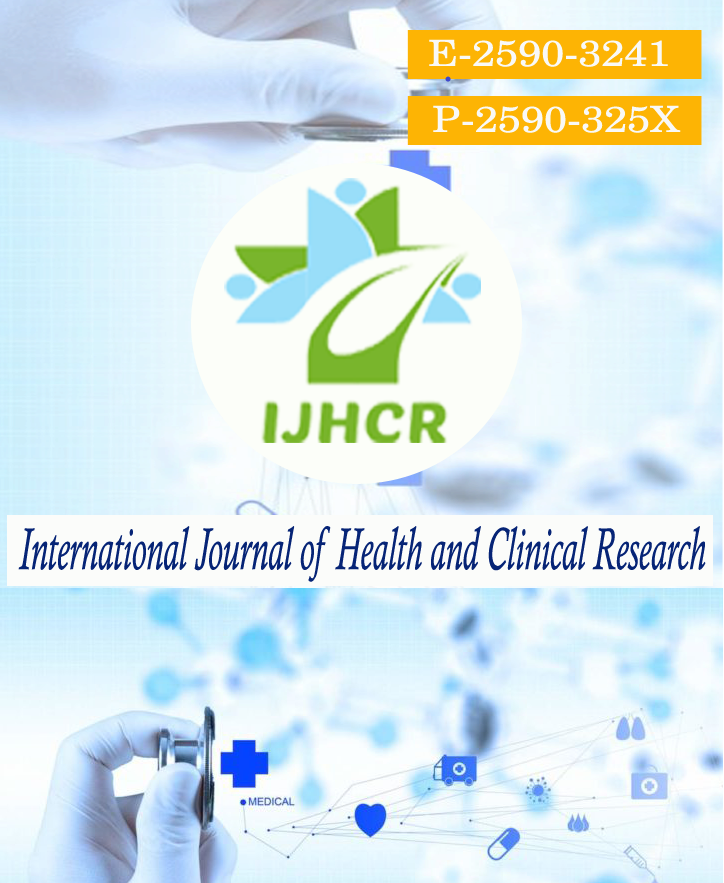A Hospital Based Prospective Study to Determine the Relationship Between Amniotic Fluid Volume as Determined by Ultrasound Studies and Perinatal Outcome
Keywords:
Amniotic Fluid Index (AFI), Ultrasound, Perinatal Outcome, Polyhydramnios.Abstract
Background: Perinatal mortality and morbidity increased significantly with polyhydramnios. Pre-eclampsia, malpresentation, premature rupture of the membranes, premature birth and accidental bleeding are the most common complications of polyhydramnios during pregnancy. The purpose of the study was to determine the relationship between amniotic fluid volume as determined by ultrasound studies and perinatal effect.Materials& Methods: A hospital based prospective study done on 50cases of Polyhydramnios at department of Obstetrics and Gynaecology, Government Medical College, Bharatpur, Rajasthan. The amniotic fluid index (AFI) is an artistic measure of measurement the volume of amniotic fluid. The presence of Polyhydramnios would be a concern if the AFI was above the 95th percentile during pregnancy. The outcome of the pregnancy was recorded in patients who were classified as having an excess amount of amniotic fluid. The gestation period was established by a reliable period or the patient's ultrasound examination.Results: The present study showed that majority of cases were seen in 16-25 yrs of age group, multigravida was seen in 66% of cases. The mostly patients (62%) had >37 wks of gestational and mild polyhydramnios was occurred in 42 cases. Majority of the cases (28/42, 66.66%) were diagnosed at term >37 weeks and these were mild polyhydramnios. Mild polyhydramnios is most commonly associated with alive babies (28 cases), after that perinatal death (12 cases) are common with mild polyhydramnios.Conclusion:A simple judgment of looking at an excessive amount of amniotic fluid by an experienced sonographer is a useful way to identify high-risk cases and may lead to a successful search for birth defects.






 All articles published in International Journal of Health and Clinical Research are licensed under a
All articles published in International Journal of Health and Clinical Research are licensed under a 